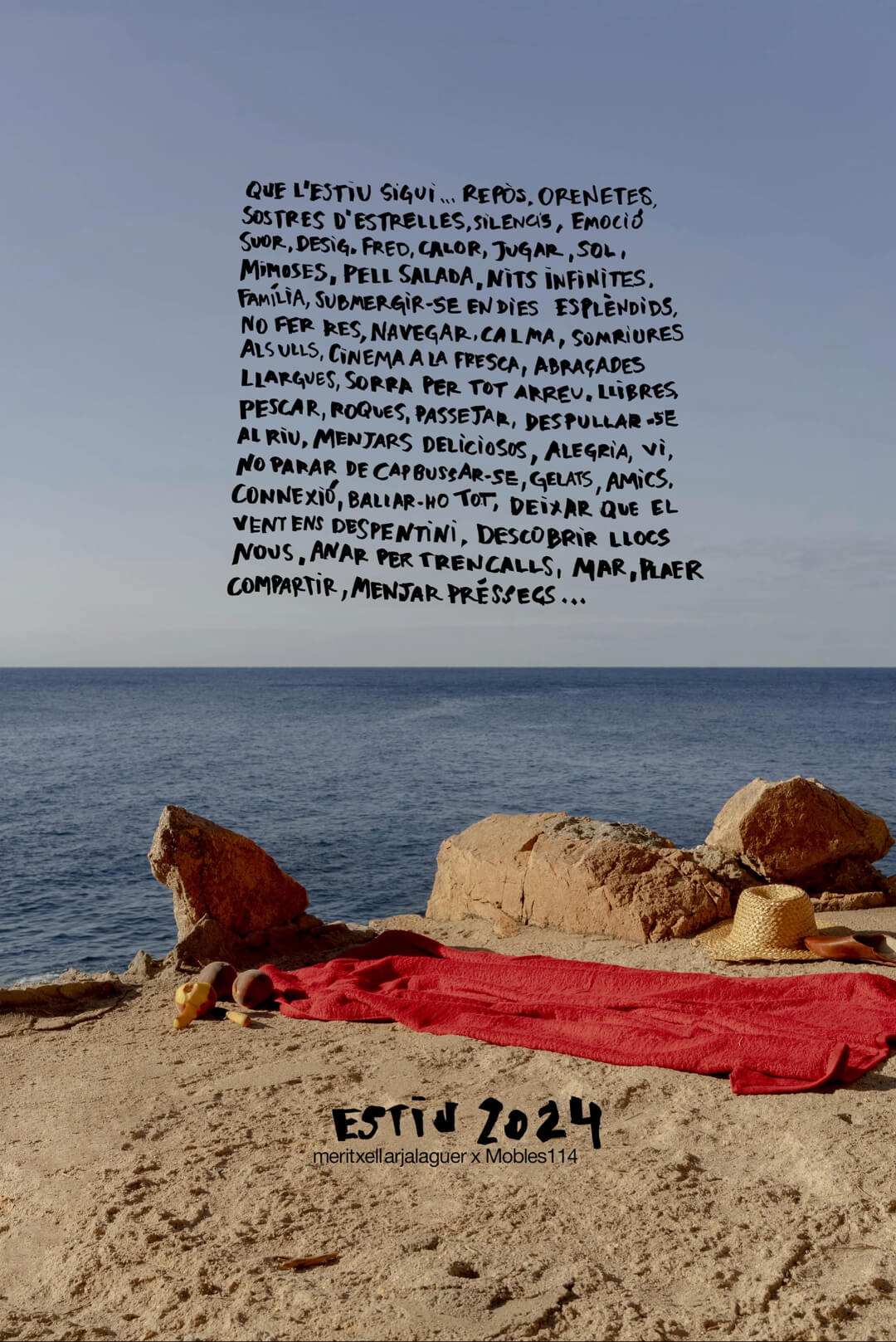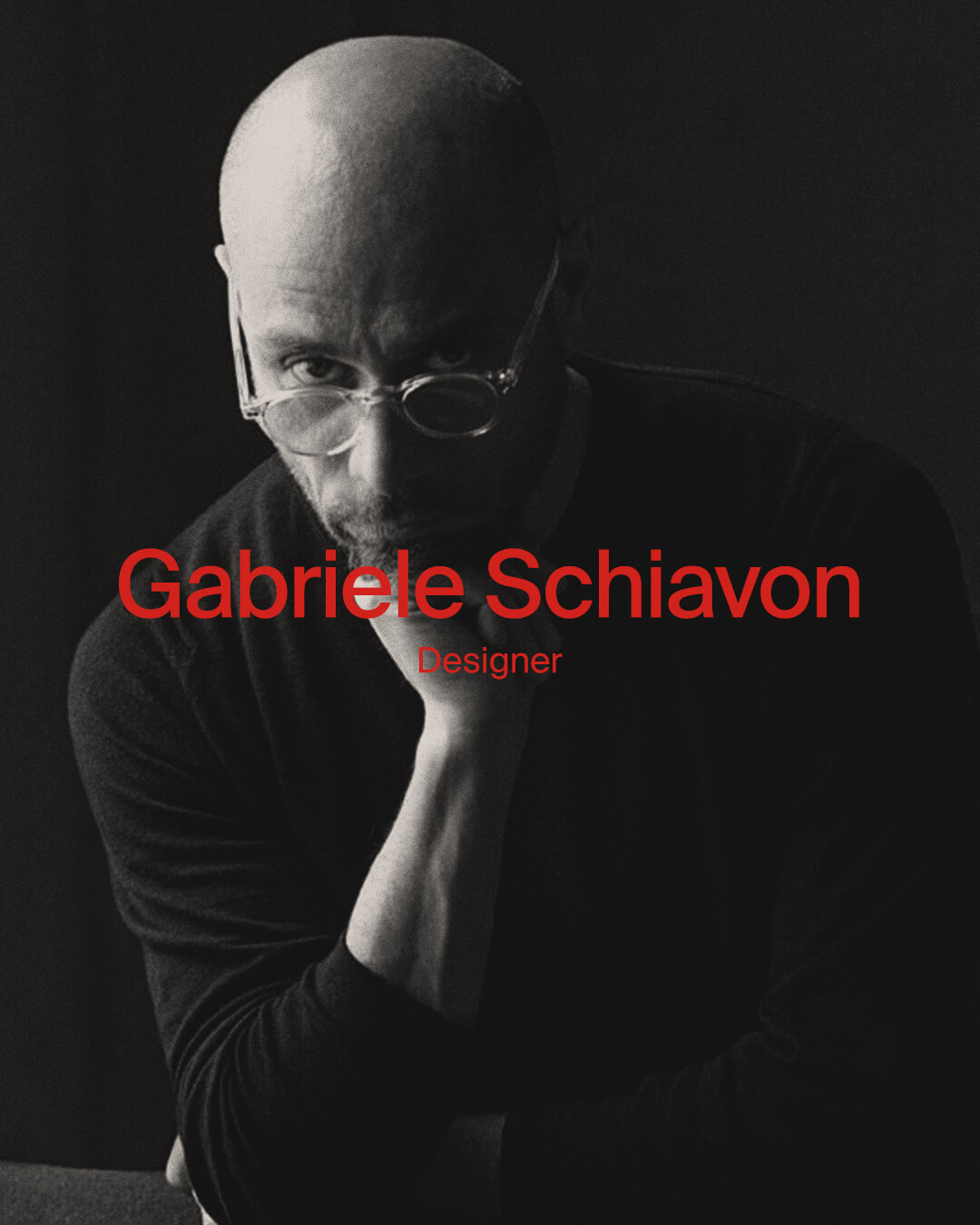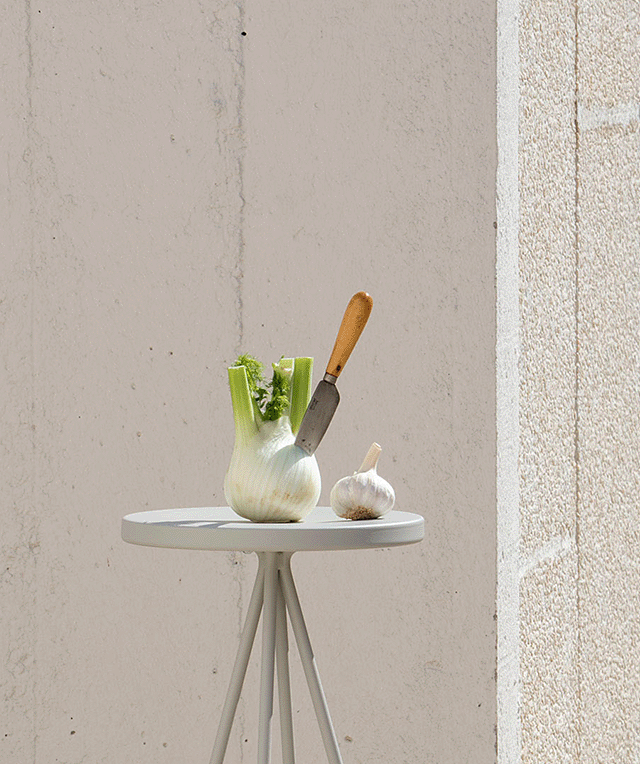Casa Vicens
Casa Vicens is the first building designed by Antoni Gaudí after graduating in architecture in Barcelona in 1878. It was built between 1883 and 1888 in the Gracia district of Barcelona.
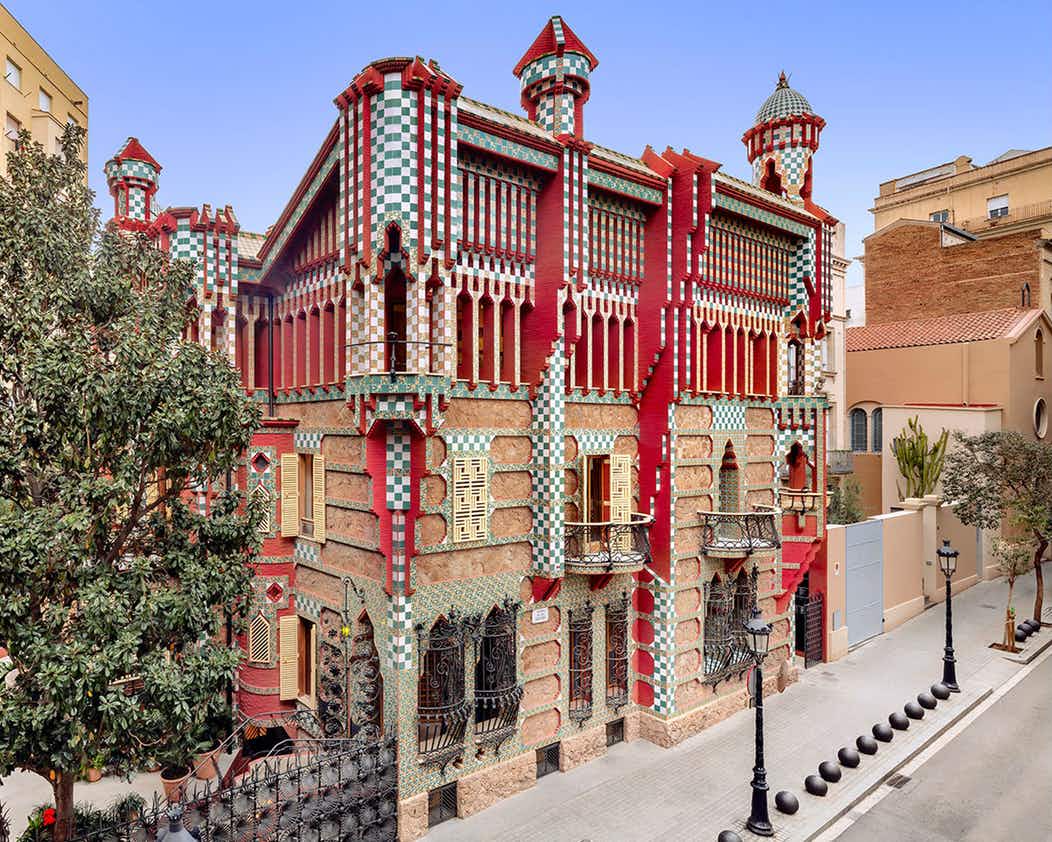
The house has a pronounced orientalist design, a style that Gaudi developed and perfected throughout his career. The Casa Vicens was commissioned by Manuel Vicens i Montaner, owner of a ceramic factory, and was to be the family’s summer residence.
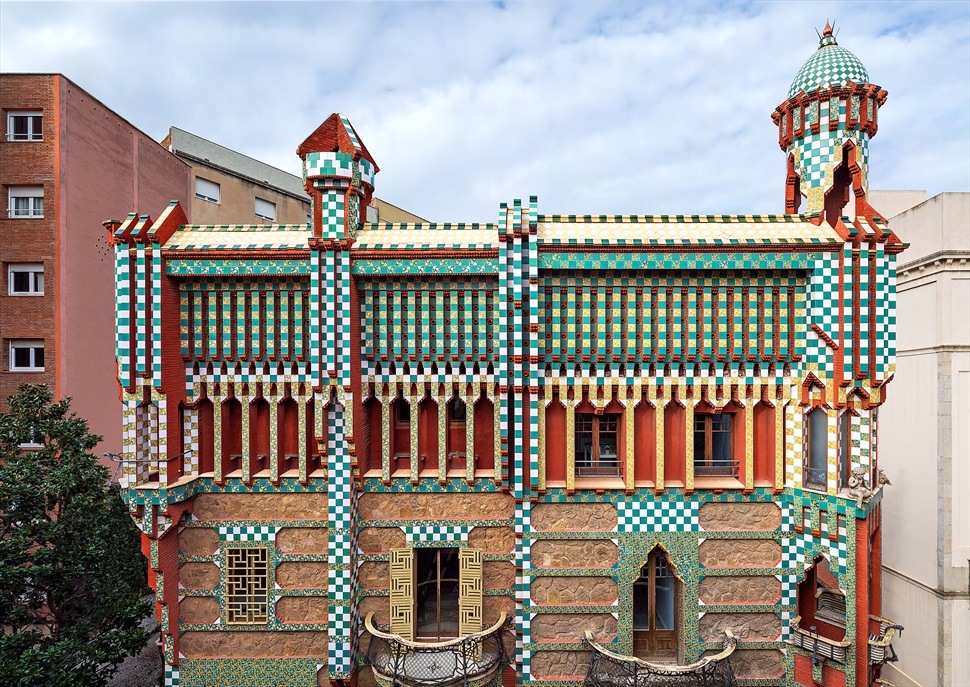
Gaudí designed the interiors of the house together with craftsmen such as the sculptor Llorenç Matamala or the cabinetmaker Eudald Puntí. The iron fence is made from a palm leaf manufactured along with the blacksmith Juan Oñós.
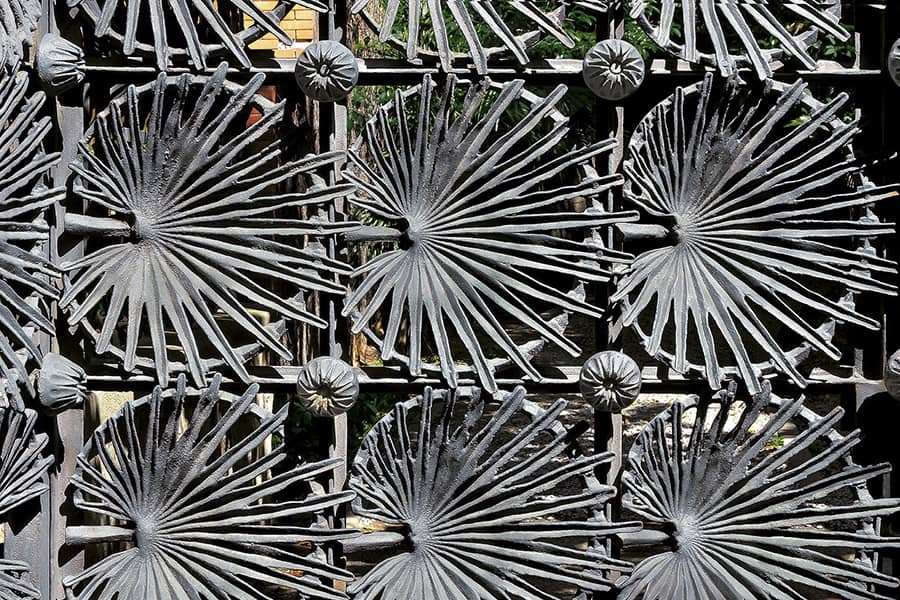
In 2014 the house was sold to a private entity that carried out a complete renovation to turn Casa Vicens into a house to be visited by the public. It currently is part of the tourist route of modernism in Barcelona. The refurbishment was entrusted to the Martínez Lapeña – Elías Torres architectural studio, which was able to reconstruct missing architectural elements from old photographs, as well as eliminate features that were not in Gaudi’s original project.

Now a house-museum, Casa Vicens offers its visitors a cafeteria at the end of the garden that allows them to sit comfortably and admire one of the architectural wonders of the city of Barcelona.
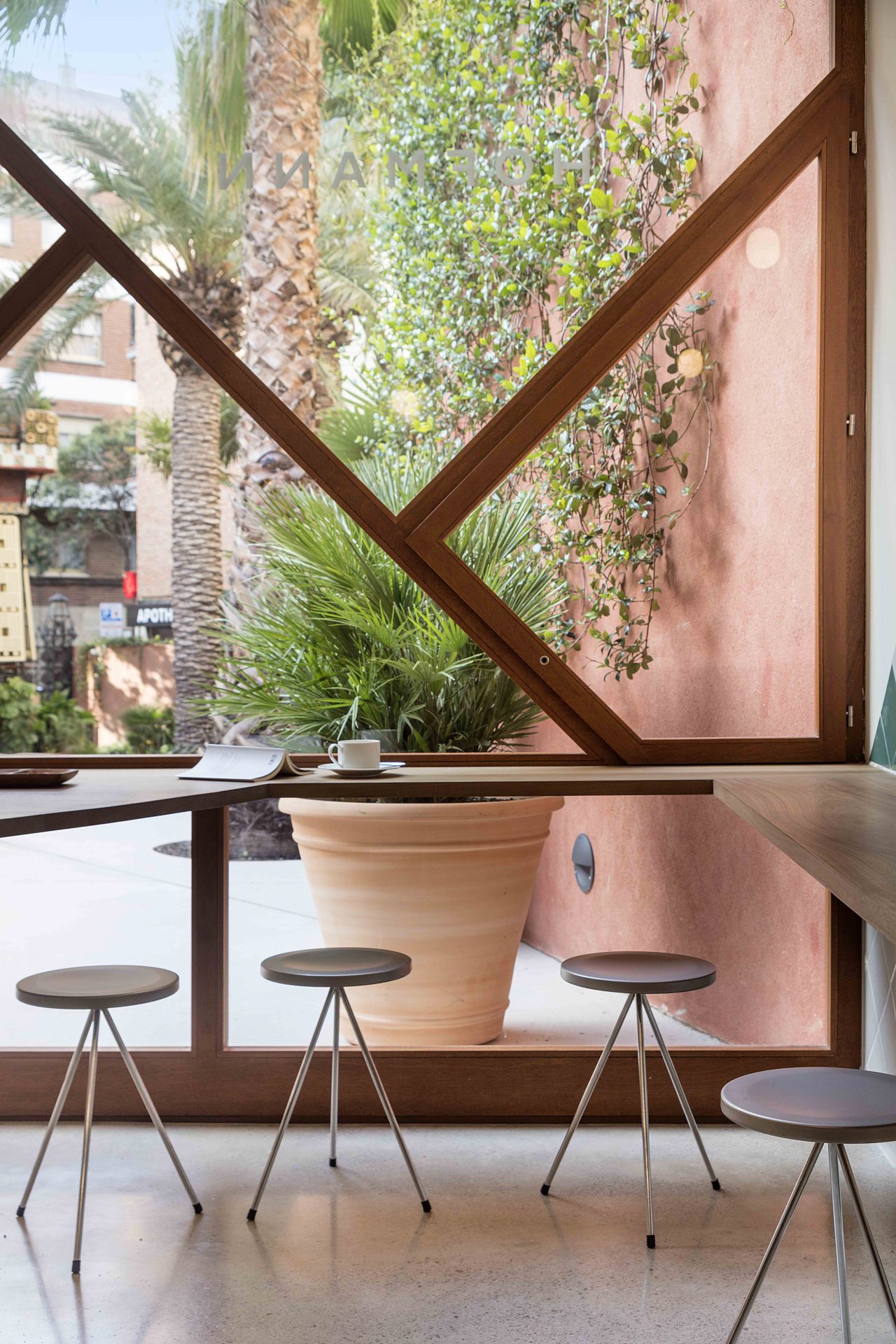
This cafeteria is of contemporary design and its architects Martínez Lapeña and Elías Torres were inspired by the colours and shapes of the original house designed by Gaudí. The Nuta stools, designed by Lluís Pau, are part of the furniture of this cafeteria.
